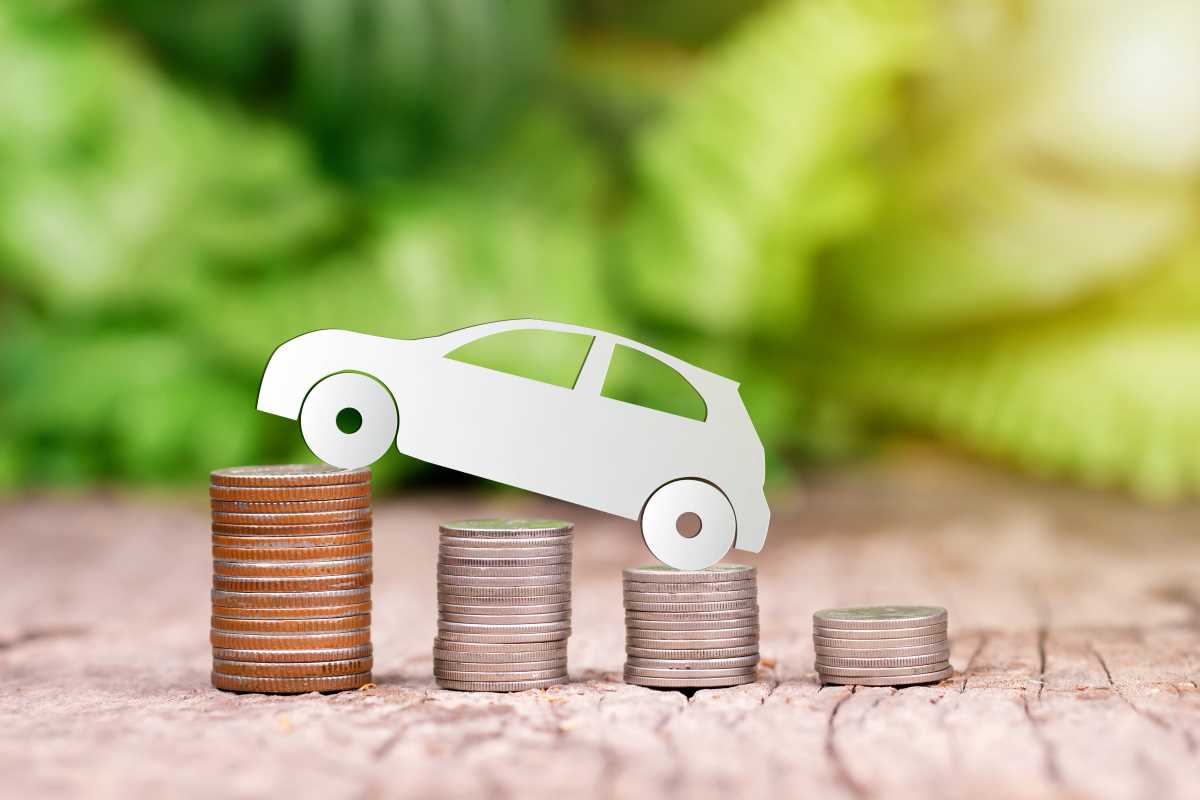If you’ve been waiting for the perfect time to buy your next car, here’s a little secret for you: not all months of the year are created equal in the car-buying world. Whether you’re after a reliable used car or a sleek new ride, knowing when to shop can save you a significant chunk of cash. Cars, like so many other big-ticket items, often come with seasonal price drops that savvy buyers can jump on. These discounts can be tied to holidays, yearly inventory clear-outs, or even certain market trends. By understanding how these patterns work and planning ahead, you can time your purchase to get the best bang for your buck.
Why Timing Matters in Car Shopping
Car dealerships don’t just sell vehicles; they also work hard to meet sales quotas, clear older inventory, and make room for the latest models. This means that timing your purchase to align with these cycles can lead to substantial savings. Seasonal discounts are typically tied to big events in the industry, like new model releases or holidays, and they create opportunities for buyers to negotiate better deals.
For used cars, this can be especially true in specific seasons when demand fluctuates. Looking at when dealerships are under pressure to move inventory gives you, the buyer, some serious negotiating power. Understanding the calendar could mean the difference between paying full price and scoring a deal that lets your budget stretch further.
The Best Times of Year to Shop
Dealerships tend to roll out discounts at certain times of the year, so knowing these windows is key. One of the best times to shop is at the end of the year, particularly in December. This is when dealerships are eager to hit annual sales targets and find homes for cars that have been sitting on the lot for months. This timing often applies to both new and used cars, as they try to clear stock before the new year begins.
Another hot window for buyers is during certain months when manufacturers start shipping next year’s models to dealerships. This often happens in late summer and fall. For instance, August through October are prime months to score discounts on older models that dealerships are eager to offload before the new-year versions flood in.
Holiday sales events have also become major players in seasonal car shopping. Big holidays like Memorial Day, Fourth of July, and Labor Day are known for flashy promotions. Black Friday deals aren’t just for TVs and appliances anymore; many dealerships offer steep discounts as part of the shopping frenzy.
Weather and Used Car Prices
Did you know that even the weather can influence when you should shop for certain kinds of cars? Seasonal demand plays a huge role in shaping the price of used cars. For example, convertibles and sports cars tend to be more expensive in the spring and summer months when the weather is ideal for cruising with the top down. If you’re in the market for one of these, the best time to buy is usually during colder months like November through February when demand drops.
Similarly, SUVs and trucks often see increased demand in colder months or areas that expect heavy snow. These vehicles can command higher prices as buyers prioritize features like all-wheel drive in their search. Shopping for an SUV when the weather is still mild, like in early fall, could save you money. Understanding seasonal demand not only helps you find better deals but also ensures that you’re getting the vehicle you need at just the right time.
Taking Advantage of End-of-Month and End-of-Quarter Deals
While big seasonal events are great, there’s also strategy behind shopping at specific points in a month or quarter. Car dealers operate on performance benchmarks, meaning they’re often under pressure to meet quotas. This creates smaller windows of opportunity for buyers to capitalize on discounts.
At the end of the month, salespeople are typically working to close out as many deals as possible to meet their targets. This urgency can work in your favor if you’re ready to negotiate. Similarly, the end of each financial quarter (March, June, September, and December) brings about similar push-to-close pressures. These periods are excellent opportunities to lock in discounts or extra perks.
Doing Your Homework Pays Off
Timing isn’t everything when it comes to seasonal car discounts. To truly set yourself up for success, it’s essential to do your homework before stepping onto the lot. Get a sense of what models you want and use online tools to check their price trends over time. Websites like Kelley Blue Book and Edmunds can help you track price histories and figure out if a deal during a seasonal event is as good as it seems.
If you’re shopping during a holiday or end-of-year sale, make sure you’re not getting swept up in the flashiness of the event. Promotions like zero-percent financing or cash-back offers can sound great on paper, but they don’t always mean the total price is lower than what you’d find in off-season shopping. Having a clear idea of fair market pricing before walking into a dealership ensures you can spot genuine savings.
Shopping during the right season means knowing not just when to buy, but also how to prepare so that you can walk away with a deal you feel great about. By combining research, timing, and an understanding of dealership behavior, you’ll be in the perfect position to save.







